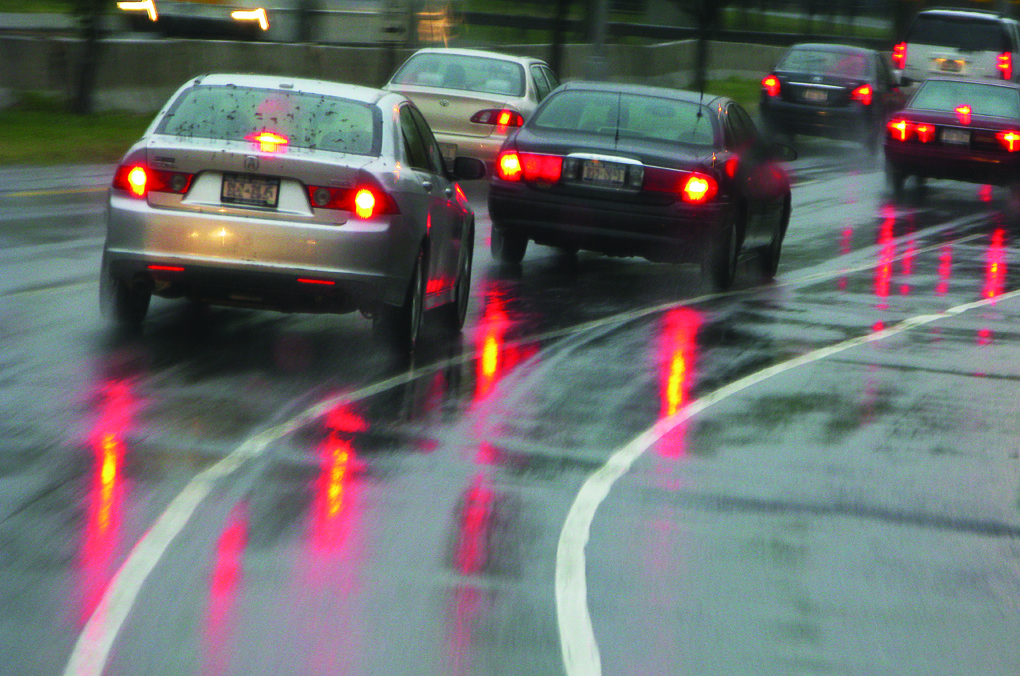Winter weather causes many people to retreat indoors until the spring thaw. However, for those who embrace the cooler temperatures or find that life must go on despite snow and ice, taking inventory of their vehicles is a must before the first snowflakes start to fall.
Tire care is an especially important area of vehicle maintenance. The tire experts at Michelin say that regular tires may be ineffective for winter driving. Summer tires are made from materials that are optimized for warm conditions. When the mercury drops, these same materials can harden, reducing their ability to grip the road. That lack of traction can be compounded by the presence of snow or ice. Even all-season tires, which are designed to be driven year-round, can be insufficient in severe weather conditions. Winter tires can help drivers safely navigate winter roadways.
Bridgestone Tires says that having the right snow tires matters when driving in winter weather conditions. It’s important to look for tires that can disperse water sufficiently and also grip the road. Snow tires are designed to remain softer and more flexible to conform to the road better in cold conditions. Some winter tires are even studded to provide better traction.
Unfortunately, even the best winter tires cannot provide perfect traction on slippery roadways. That is why it is essential – in conjunction with the use of winter tires or snow chains – to modify driving techniques to navigate safely.
 · Drive slowly. Slow down on winter roads. Allow a greater distance for stopping than for dry conditions. Slippery conditions can make it more challenging to stop, and excessive speeds can make the situation worse.
· Drive slowly. Slow down on winter roads. Allow a greater distance for stopping than for dry conditions. Slippery conditions can make it more challenging to stop, and excessive speeds can make the situation worse.
· Shift into low gear. On hills, rely on low gears to maximize traction to travel up and down hills. This can minimize skids or sliding.
· Get the vehicle a tuneup. In addition to tires, be sure the braking system, battery and other major components of the vehicle are in good working order.
· Replace windshield wipers. Reduced visibility can compromise the safety of

drivers and their passengers. Replace windshield wiper blades before winter arrives. Consider purchasing winter-rated windshield blades.
· Know how to recover from a skid. When skids occur on black ice or slush, drivers should take their feet off of the pedals and steer gently in the direction they want to go. As the vehicle regains traction, only then should the brakes or accelerator be applied.
Winter weather requires making some vehicle modifications, and drivers may want to alter the way they drive to be more safe on the road.






 Driver improvement courses are provided by various organizations, including some insurance companies. AARP also has a Driver Safety Course to lower the risk of traffic violations, collisions and injuries. Completion of these courses can help drivers enhance their abilities behind the wheel and may result in lower premiums for mature drivers. Keep the mind and body fit Regular exercise and a healthy diet can be assets for mature drivers. Mental fitness techniques and brain exercises can improve reaction time, while aerobic and strength-training workouts can keep the body in shape.
Driver improvement courses are provided by various organizations, including some insurance companies. AARP also has a Driver Safety Course to lower the risk of traffic violations, collisions and injuries. Completion of these courses can help drivers enhance their abilities behind the wheel and may result in lower premiums for mature drivers. Keep the mind and body fit Regular exercise and a healthy diet can be assets for mature drivers. Mental fitness techniques and brain exercises can improve reaction time, while aerobic and strength-training workouts can keep the body in shape.










